A 163-year-old school near New Deer has been put on the market for the first time in its history for £48,000.
Cairnbanno School opened as a Madras school to educate rural children in 1862, but was more recently used as a community hall.
After sitting empty for a number of years, Aberdeenshire Council has declared the Victorian building surplus to requirements.
The remote old school sits in rolling agricultural land at Cairnbanno, three miles to the west of New Deer in Buchan.
Cairnbanno School retains many period features
The council has suggested the school could be a conversion opportunity for someone with the vision to restore the building as a home, or perhaps a business.
It is of traditional stone construction with roughcast render and a slate pitched roof.
Externally, it retains original features including timber sash and case windows.
Inside, the school consists of entrance lobbies, a hallway, kitchen, two toilets, and two large halls, which were once schoolrooms.
The interior remains virtually unchanged from Victorian times.
Many of its charming period fixtures and fittings remain, including suspended timber floorboards and substantial glass panelled doors.
Like most schools of its era, Cairnbanno has half-height timber panelling, and lath and plaster walls throughout.
The rooms have high ceilings and large windows, providing lots of natural light, while one of the halls still has an old cabinet on the wall.
Old school comes with former playground and outbuildings
Cairnbanno School has mains water and electricity, a septic tank, and an oil-fired central heating system.
The internal floorspace covers 156sqm (1,679sqft), but the sale also includes the former playground and outbuildings.
It is enclosed by a stone boundary wall, with a public road on one side, taking the gross site area to 1,560sqm (16,792sqft).
However, the school is semi-detached to the old schoolhouse, which is privately owned, but is also currently for sale separately.
The adjoining schoolhouse has two rights of access permitting pedestrians to cross ground belonging to the school.
While vehicular access and parking for the schoolhouse, which was the original teacher’s accommodation, also crosses ground owned by the school.
A prospective buyer could potentially purchase both properties thus solving any access issues.
But what was the school like when it was still in use?
A history of rural Cairnbanno School
Cairnbanno was established as a Madras school in 1862.
Madras education was pioneered by Scottish Anglican priest Dr Andrew Bell to afford schooling to the underprivileged children in areas of limited resources.
Dr Bell spent time in India in the late 1700s where he was superintendent of the Madras Male Orphan Asylum.
He witnessed older children teaching younger ones, and brought the system back to Scotland.
Madras schools worked by having one teacher overseeing a large group of children to keep costs down.
The teacher would educate the brightest pupils, who in turn would teach a smaller group of pupils.
It ensured even the poorest children received a basic education for free.
Unlike a lot of educationalists at the time, Dr Bell was very against corporal punishment and thought pupils better responded to reward than violence.
More than 300 people attended opening of new school
Cairnbanno School opened on August 28 1862 to “meet the education needs and wants of an important rural district” where there was a lack of schooling.
The school was located on “beautiful rising ground close to the farm of Upperton” in the parish of New Deer.
Designed by an Aberdeen architect, Mr Murray, Cairnbanno School was described as “substantial and ornamental”.
The schoolroom measured 38ft in length and 18ft in breadth, with 14ft high ceilings, and there were separate playgrounds for girls and boys.
The entire cost of the school, adjoining schoolhouse and boundary walls was £500, and they were officially opened at a ‘public soiree’ in the new schoolroom.
More than 300 people attended, far more than would fit in the schoolroom, so a tent had to be erected outside.
Plans for Cairnbanno School had to be approved by Downing Street
The chairman of proceedings was Liberal politician William Dingwall-Fordyce, laird of Brucklay Castle, who gifted the land for the school.
Aberdeenshire East’s first MP, Mr Dingwall-Fordyce was a kindly landowner who pioneered tenants’ benefits, laws to improve rural economies and brought the railway to Buchan.
He launched free and universal education in New Deer by setting up a school board for 14 parochial schools that existed in the parish.
Some of the money to build Cairnbanno School was provided by the government, but the condition was Downing Street provided the blueprints.
The initial plans for the school featured turrets, but Mr Dingwall-Fordyce returned it because “if he built a school of that kind, the people of Cairnbanno would think he was a fool”.
He added: “It had so many turrets and things about the roof that in winter the snow would lie for three months, if not six.”
Instead he drew up new plans and had his relative Captain Fordyce “call at Downing Street and impress upon government officials that was the proper school for Cairnbanno”.
An agreement was made and the revised plans were approved by Downing Street.
‘Education is to the mind what farming is to the soil’
The Reverend Henry of Stuartfield opened proceedings with a prayer, and the choir sang the ‘Old Hundred’ hymn.
A “plentiful supply of excellent tea and fancy bread was then distributed by the ladies” before Mr Dingwall-Fordyce took to the stage.
He explained the school was to be a madras school because the Madras Fund contributed £50 to the build – on two conditions.
The first was “the big boys were to teach the little boys, and the next was that neither big nor little boys were to be whipped at all”.
Mr Dingwall-Fordyce added: “Education is to the mind what farming is to the soil. When the farmer took in land, the first thing he did was to clear it of stones, weeds, and water – which would choke the growth of any seed.
“The educator in the same manner clears the mind, and then sows the seeds of useful knowledge.”
So when did it shut?
Cairnbanno closed amid in 1970 amid decline in rural education
For over 100 years, Cairnbanno School formed the heart of a rural economy, commanding large rolls in the early 20th Century.
Evening classes were also held to educate farm servants, and the school was home to Cairnbanno WRI.
But by the 1970s, education trends moved towards shutting country schools and bussing pupils elsewhere.
In 1970, Patrick Wolrige-Gordon, MP for East Aberdeenshire, raised concerns about the decline in rural education.
He told Parliament: “In my part of the world we have tended to be too quick to close down the smaller country schools in the interests of centralisation into large schools.
“I do not believe that this is necessarily in their interests of either the children or the community.”
But like many other schools, Cairnbanno School closed in 1970 after the roll dropped to 18 pupils.
The final teacher Mrs Grubb retired at the end of that session, and the school became a community hall for another 30 years.
- For more details or to view the property, email: estates@aberdeenshire.gov.uk or phone 01467 469261.
If you enjoyed this, you might like:
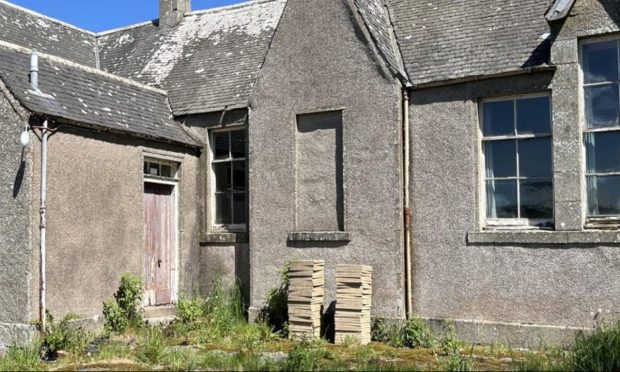
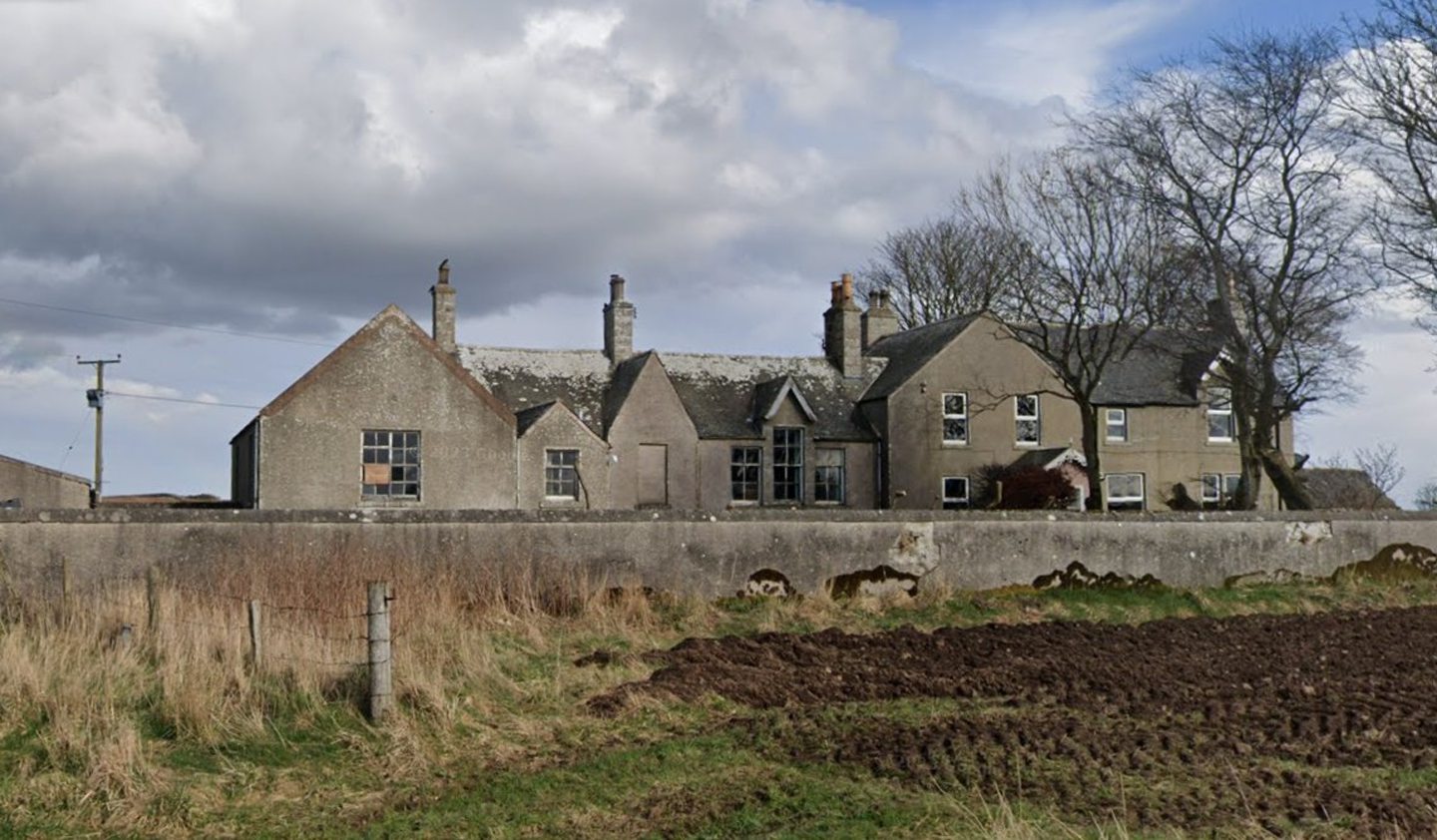
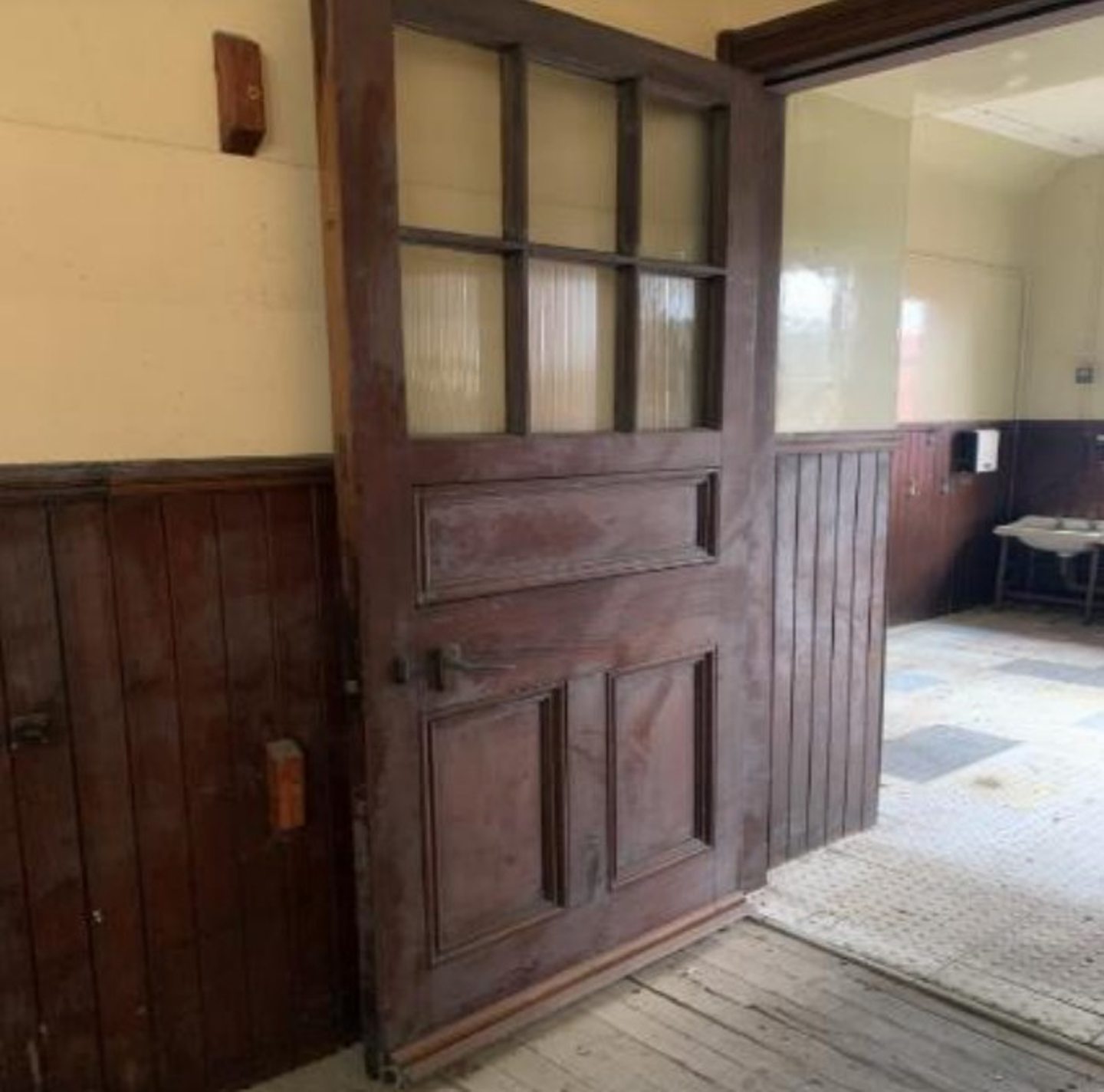
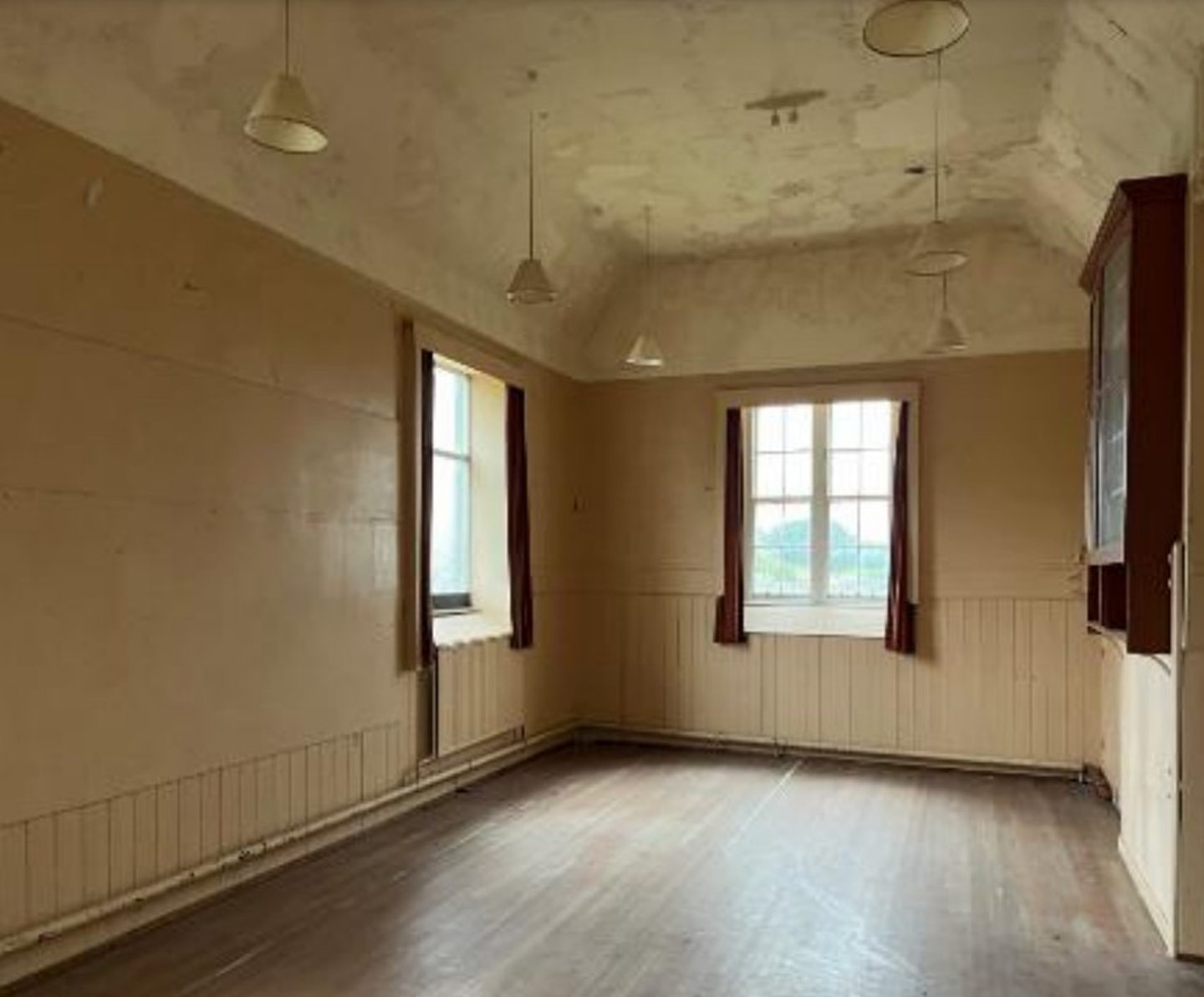
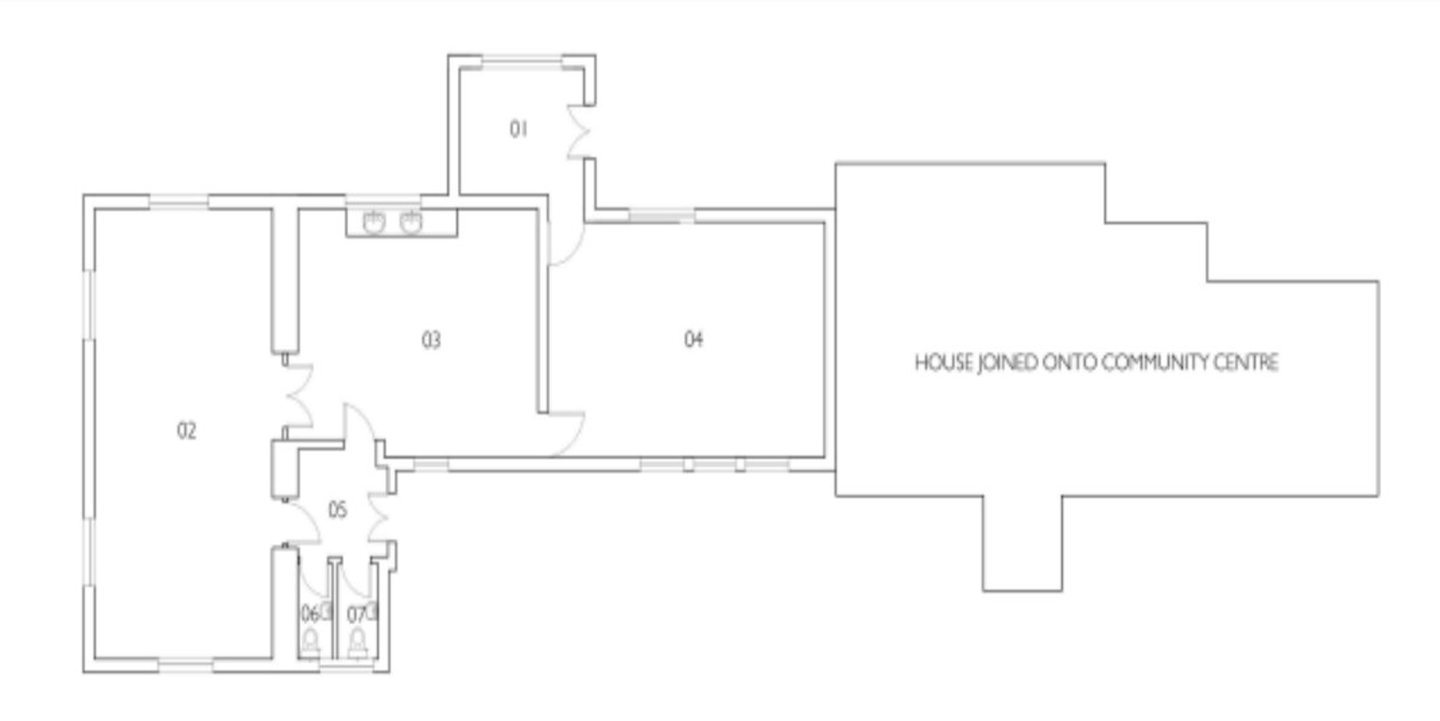
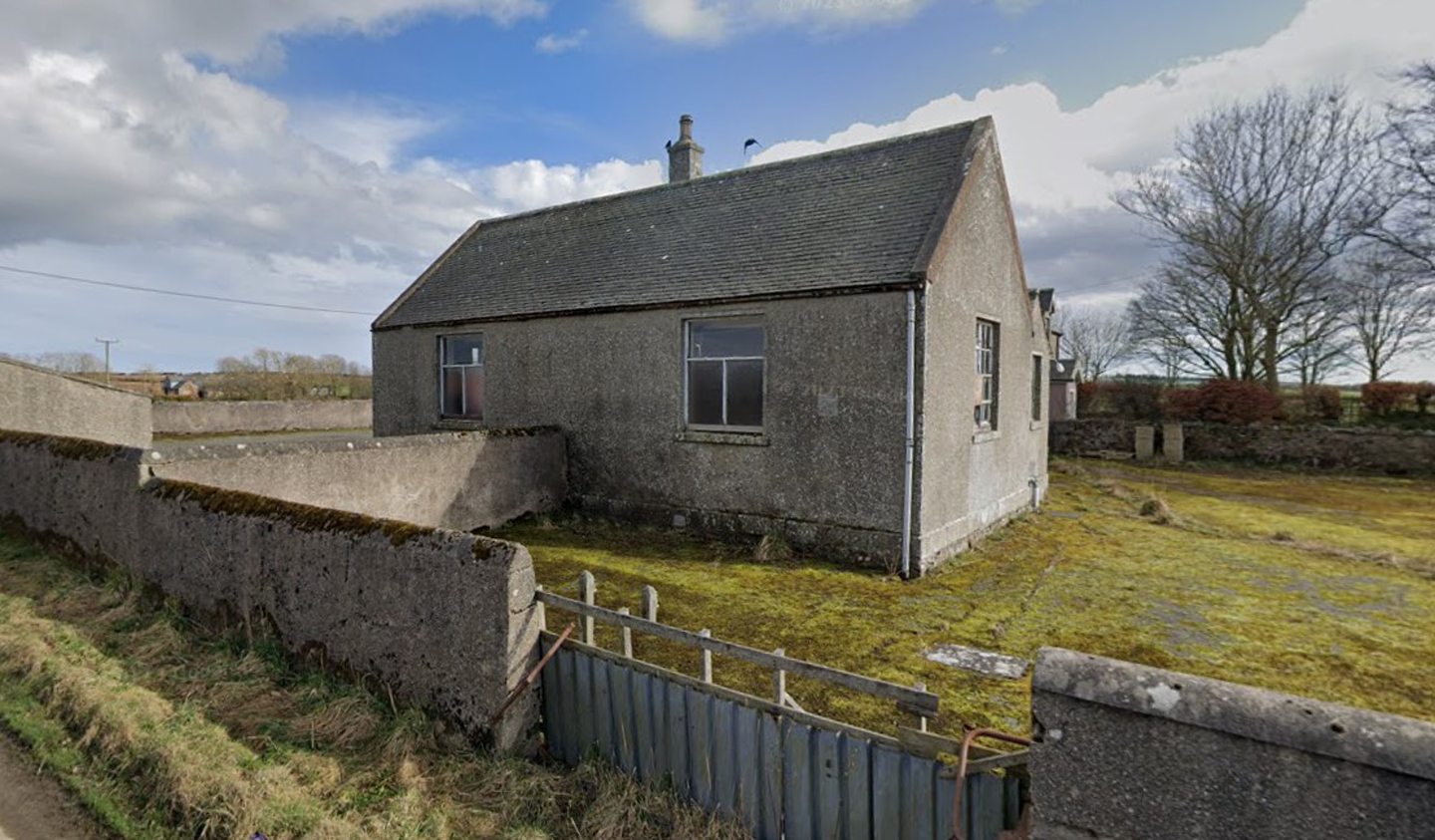
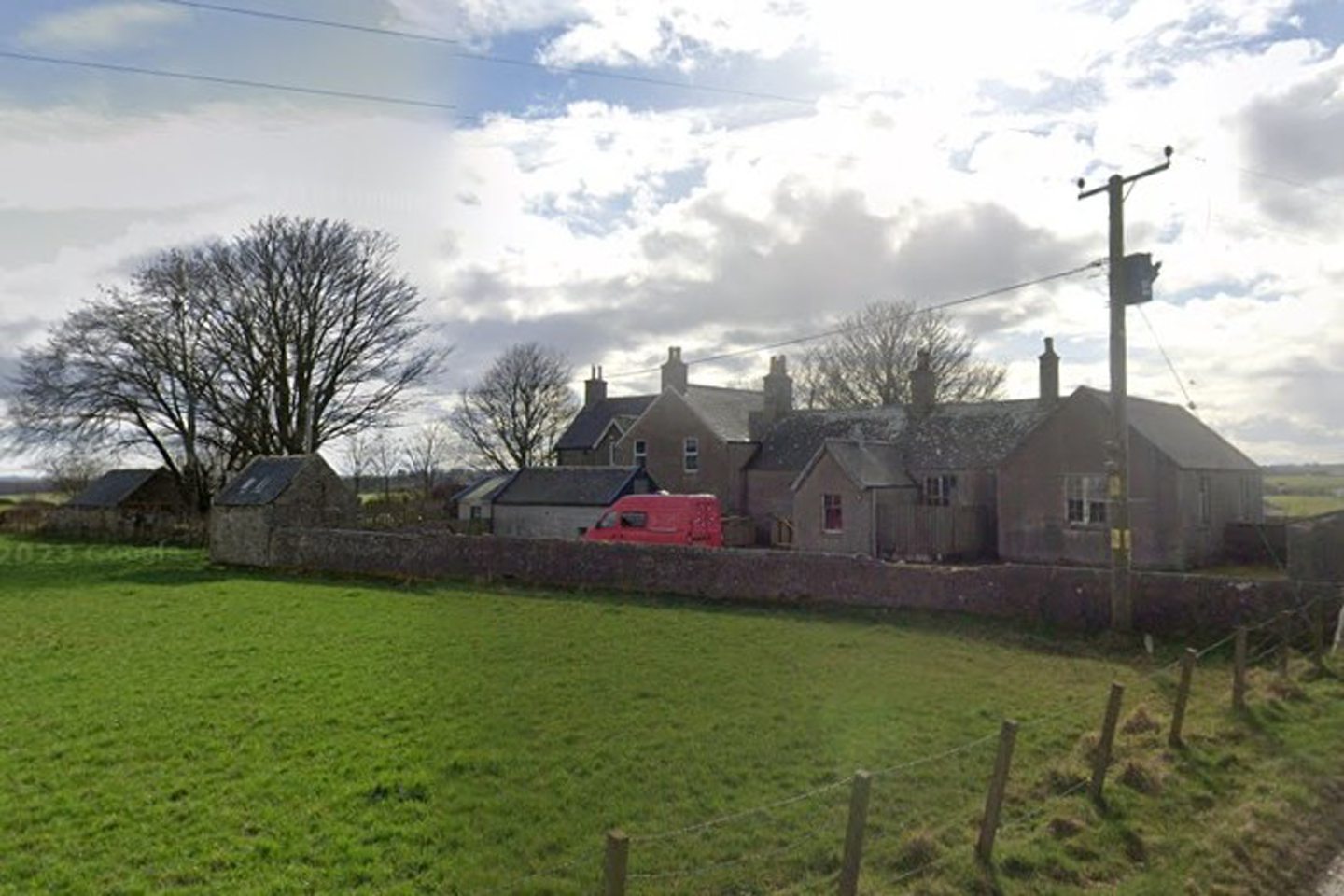
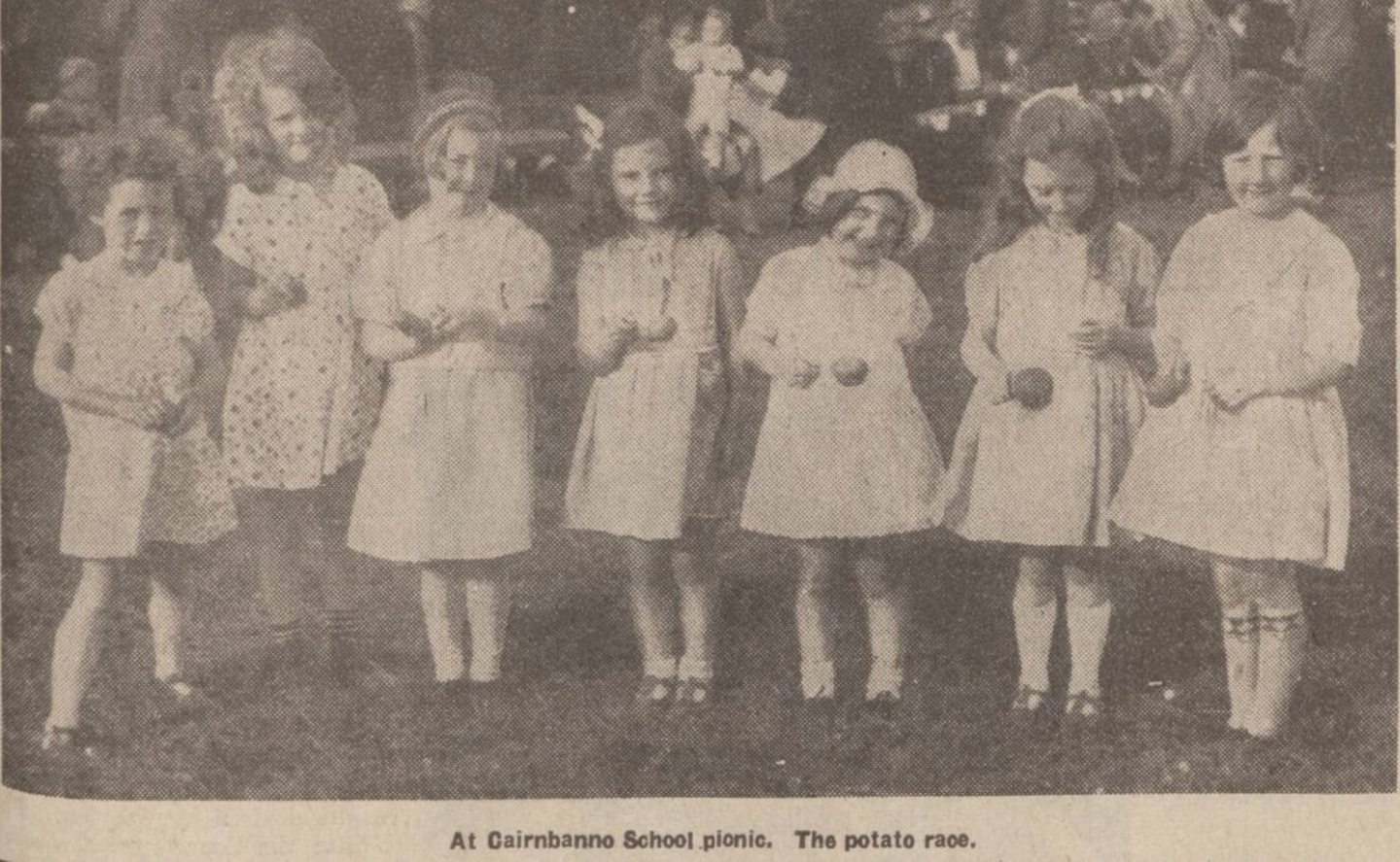
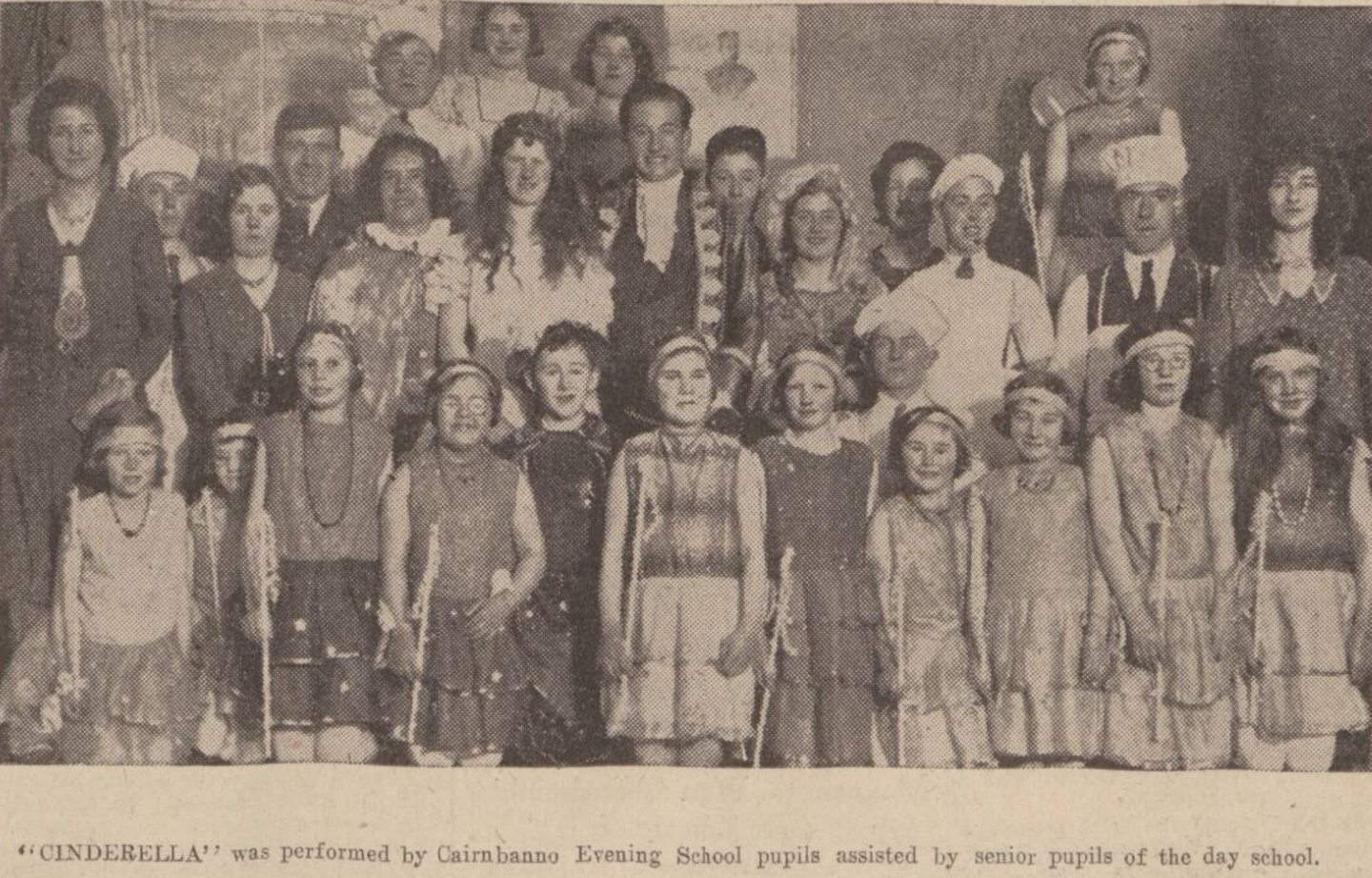
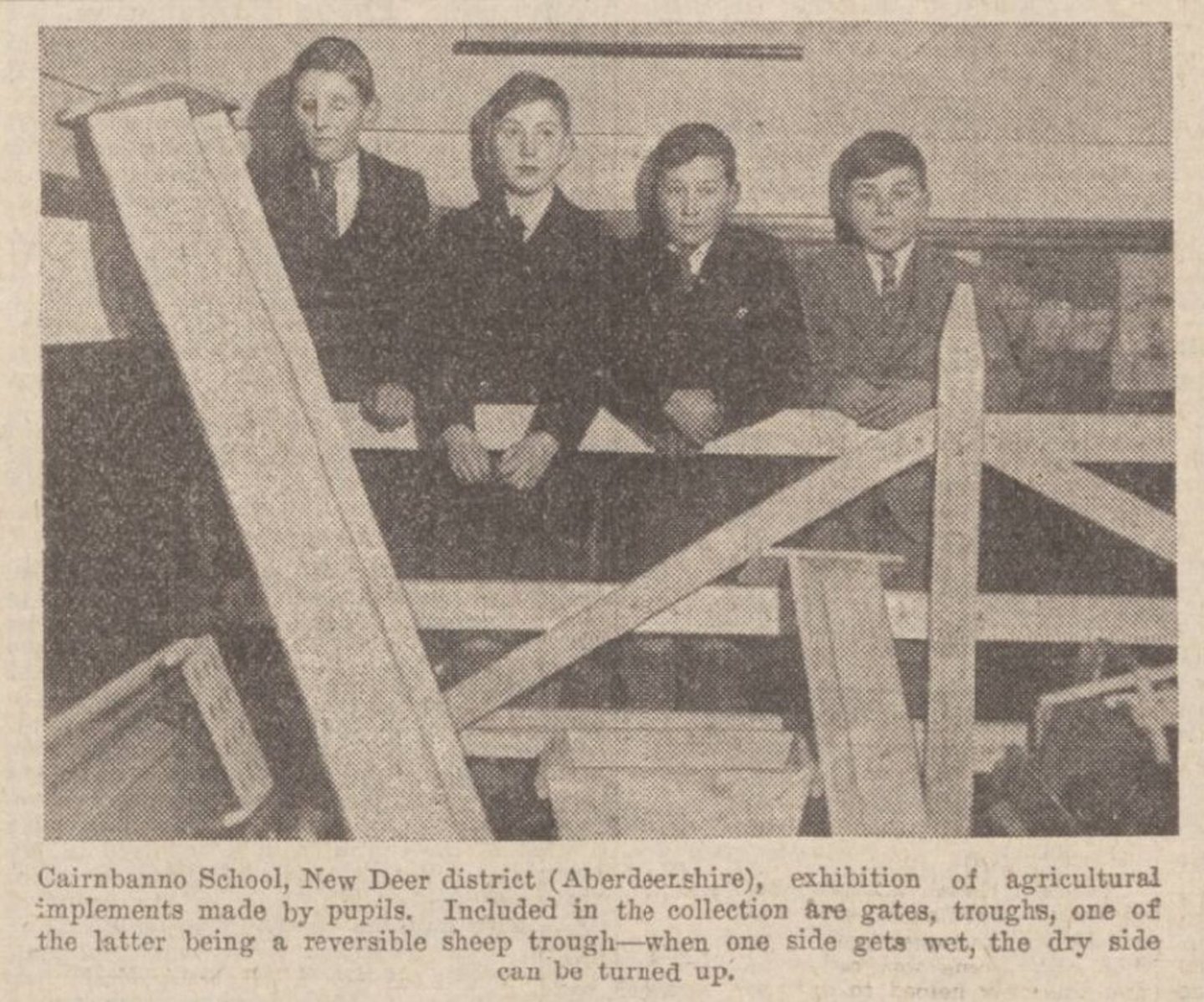
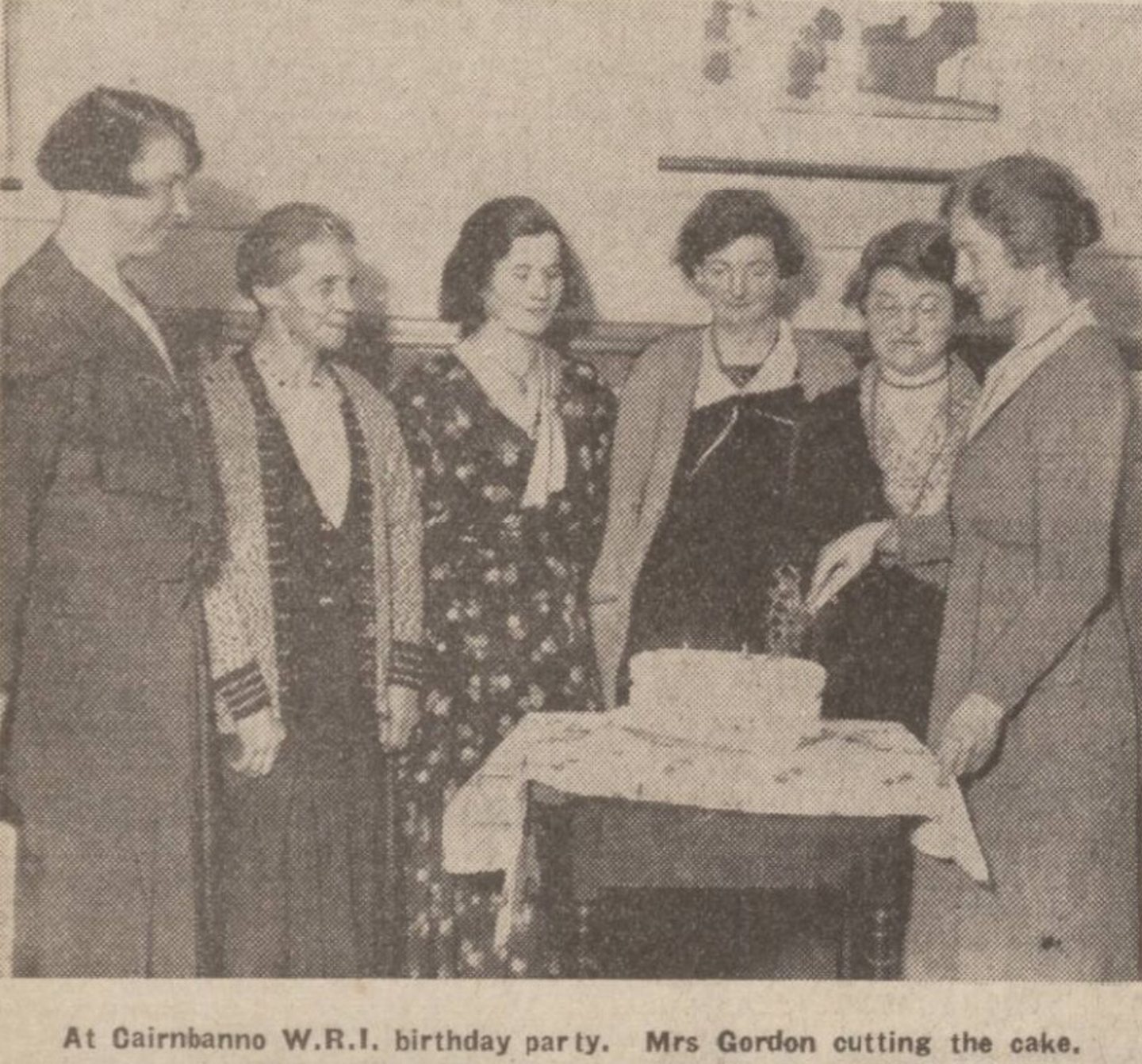
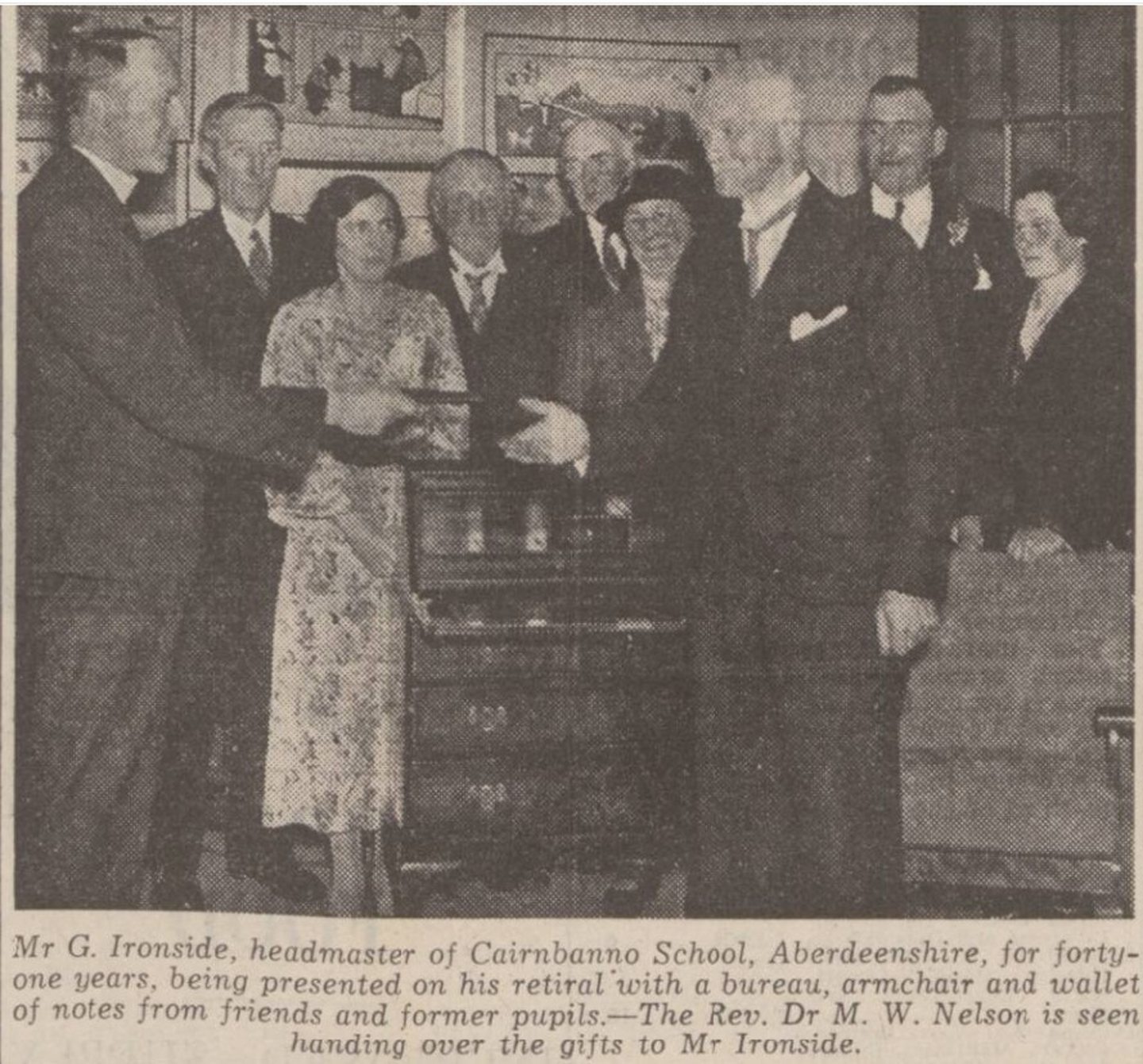
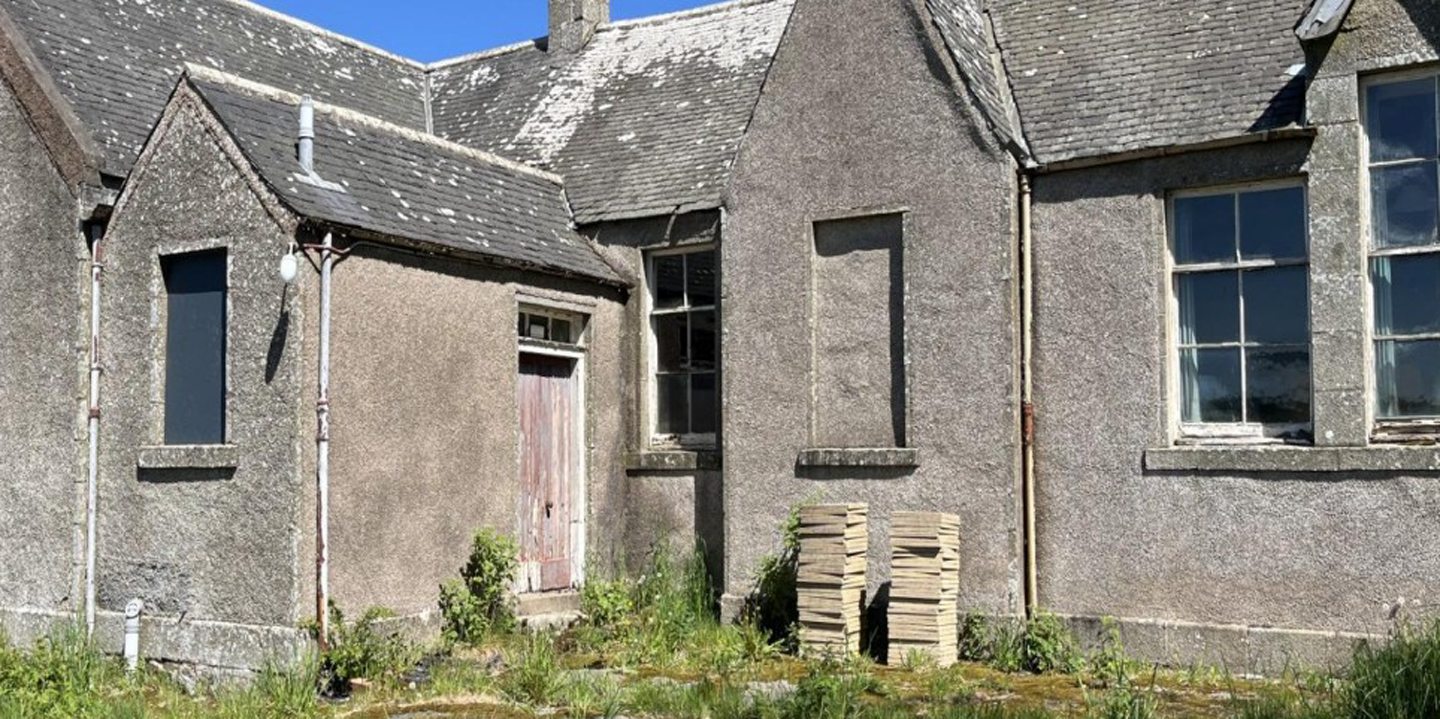
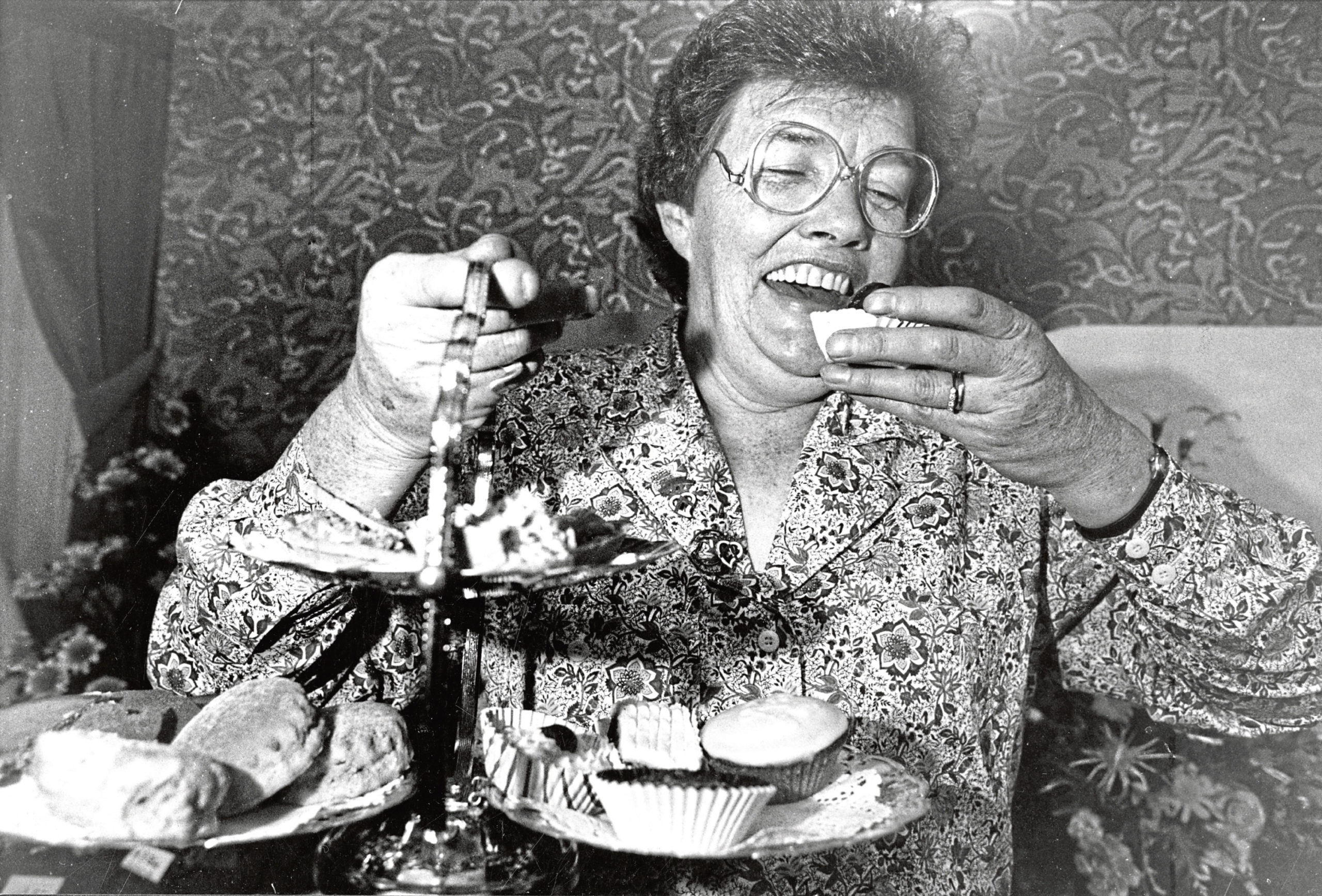
Conversation